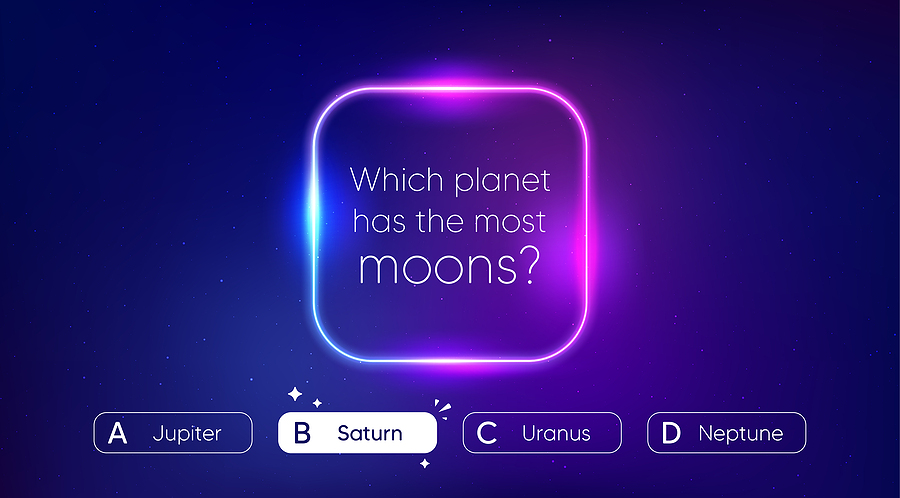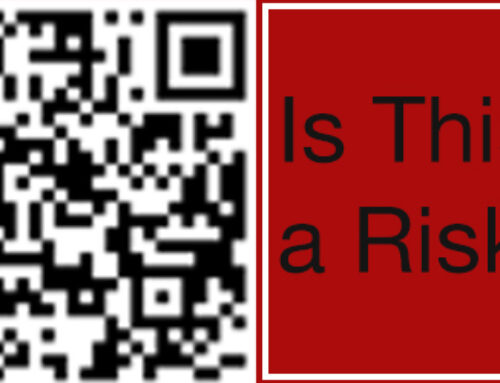
Hybrid and fully remote working are clearly going to be sticking around for a while, if not indefinitely, so it’s important to look for ways to encourage team building and develop your company culture. As such, many companies have begun turning to team-building events and games via videoconferencing – most commonly in Zoom, given that Zoom is currently the market-leading app for remote meetings. While you can play tailor-made games using Zoom Apps, you get a lot more creative freedom when you branch out and create your own Zoom game.
How to Play Games on Zoom with Zoom Apps
Perhaps you want to try out one of the existing games on the Zoom App Marketplace. All you need to do is locate the Zoom Apps repository through your videoconferencing app. Here’s how:
- First, make sure you’re on the latest version of Zoom.
- Log into Zoom and install Zoom Apps, if you haven’t already.
- Open the Zoom App Marketplace on a desktop device.
- Look for a Zoom game that interests you.
- Install the game using your desktop computer before launching a meeting.
Once you’ve started a meeting, you can launch an installed application by clicking on the Zoom Apps tab at the bottom of the screen! Bear in mind that while you can play games via Zoom’s mobile application, you’ll have to have installed the app on desktop first.
But, what are the best custom Zoom games for team building, championing company culture, and just generally getting the whole team involved? Let’s dive in.
Zoom Games for Team Building and Virtual Parties
The best Zoom games are not typically found on the App Store, though that repository has some useful apps. Instead, try to come up with some of your own games that you can run yourself directly within your meeting space. Here are some ideas:
1. Zoom Trivia
Trivia games test your general knowledge and pop culture expertise. And thanks to the Breakout Room feature on Zoom, you can handily split your teams into smaller groups, placing each in a breakout space.
- Prepare a list of questions to use in your trivia session.
- Organize your team(s) into breakout rooms.
- Explain the concept of the game to your teams.
- Whenever you pose a question to the teams, send them into their private rooms.
- The first team to report back into the main room with the answer wins the point!

2. Something in Common
This team building game can be used as a handy icebreaker, as it’s going to teach your team members more about each other. As the name suggests, the point is for them to discover things that they hold in common, and it’s done in several stages:
- Start out by tasking your team members with finding out the most unique, unusual trait, habit, hobby, or experience that they have in common.
- Next, have your team discuss and work out the same again, but without mentioning physical characteristics or locations.
- Finally, repeat the activity, but specify a category. For example, when they were in high school, related to a hobby, and so on.
You can again use breakout rooms for the discussions, giving people private space to discuss the points. You’ll soon have your colleagues or employees discovering interesting facts about each other and building a working relationship!
3. Virtual Murder Mystery
While this game can take some time to set up and prepare for, it’s one of the more involved, longer-lasting options that’s sure to have a lot of deep discussions and problem-solving going on among your breakout rooms.
If you’re feeling brave, you could, in theory, set up your own game. But many companies offer murder mystery kits that can be delivered directly to your home and office.
Some of those kits are virtual, so all you need to do is set up the meeting ahead of time, send the link to everybody involved, and download the materials. You can then use breakout rooms to get discussions flowing among the teams as they try to figure out whodunnit!
4. Desert Island Intelligences
This theory-based game goes by many names, but it’s been a favorite among companies looking for icebreakers and team-building activities for a while. It’s based on Gardner’s theory, which argues that strengths and abilities come in multiple forms – or intelligences.
There are eight different intelligences comprising this theory, which include:
- Body-kinesthetic
- Interpersonal
- Intrapersonal
- Linguistic-verbal
- Logical-mathematical
- Musical
- Naturalistic
- Visual-spatial
So, this game leans on Gardner’s theory, proposing a scenario where eight people are trapped on a desert island. Each of the characters is linked to one of the intelligences above, and the aim is to vote people off the island. Here’s how it plays out:
- Brief team members on the game, providing a link to a description of each character. This is a popular activity, so descriptions are easily found on Google.
- Have the group discuss which of the intelligences is most and least useful.
- Ask the group to vote one of the members off the island, with reasoning behind the group decision. It’s sure to spark a wild debate!
- Continue until you’re down to the last remaining 2 members. At this point, you can see whether those 2, or the group overall, can come to a consensus on who is the “winner.”
Zoom has a built-in polling feature, which can be invaluable in this game, allowing the group to vote on each decision they make.

5. Zoom Bingo
Bingo is a simple game, but it’s one that’s easily adapted for Zoom, which is what makes it so useful. You don’t even need to use numbers at all; you could just as easily create bingo cards that feature company facts or perks, in the case of a new-hire meeting. You could even craft cards featuring interesting facts about team members that were deduced from a previous icebreaker – assuming they’re happy to share!
6. Scattergories
Most of us will be familiar with scattergories, which has been a classroom and event fan-favorite for some time. There’s a single letter and five categories, and participants have to come up with a word for each category that begins with that letter. The better the word, the more points scored.
7. Guess Who?
This is a Zoom adaptation of a game that most of us will have played as youngsters. The difference is, instead of using a physical board full of faces on flip cards, you’ll be using colleagues or friends instead. This works best for larger groups.
- Select a colleague at random who’s present on the group call, but don’t tell the meeting who you’ve chosen.
- Ask your participants to make guesses as to who you’ve chosen by guessing physical traits.
- As members guess incorrectly, have the eliminated team member disable their webcam stream.
- By the end of the game, there’ll be only one person remaining.
- Remember, if this is a game among colleagues, guesses don’t have to be limited to physical appearances. Participants can guess other facts too, such as the team that the person works within, whether they’ve attended training courses, whether they’ve been abroad recently, and more!
8. Lightning Scavenger Hunt
For this hunt, you’re going to want to create a list of different physical items or personal characteristics, such as the most recent book you’ve read, or an item that means a lot to you. During your game, you’ll challenge your participants with finding every item on the list as quickly as possible.
The more detailed or nonsensical the items, the better. You can assign points to the person who returns with each item the quickest, or for sharing more information about certain items that they’ve chosen.



